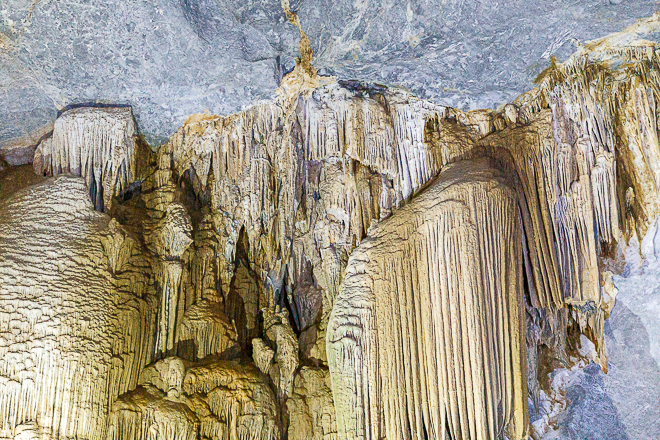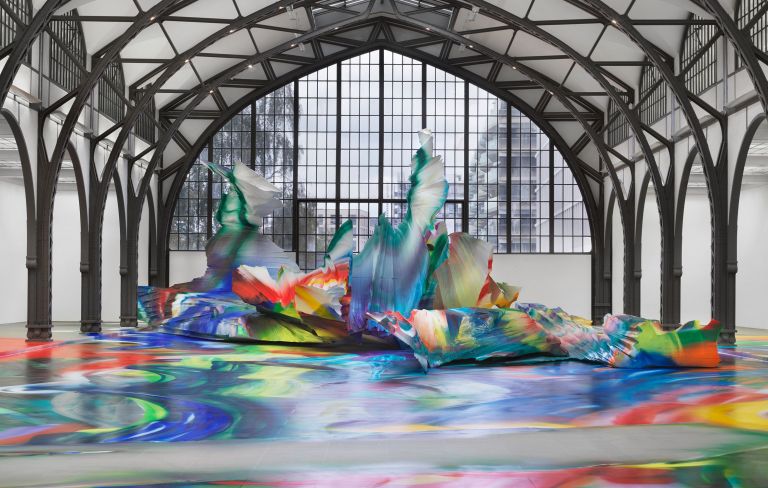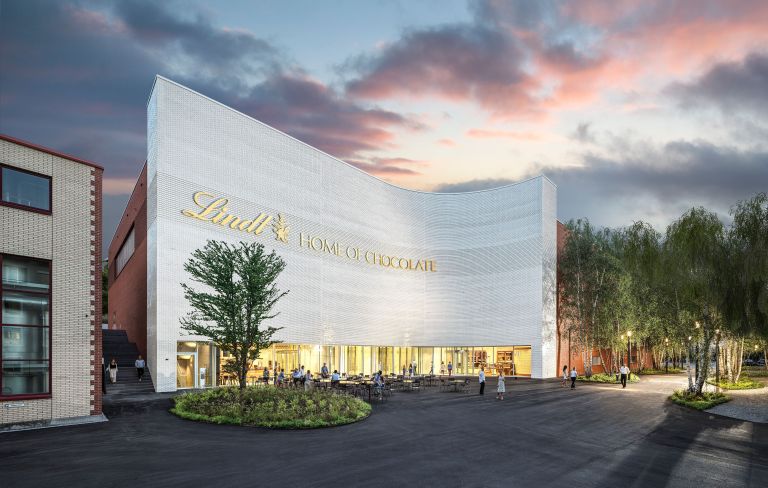Of course you would like to have the works of your favourite artists in your own house or garden. But the 3rd edition of Art Safiental proves that modern art can have a unique effect even in a magnificent landscape. From 18 July to 1 November 2020, the 3rd international Art Safiental Bienniale 2020 will show contemporary landscape art under the motto ‘Analogue-Digital’. The landscape exhibition is organised by the Beverin Nature Park, together with the Institute for Land and Environmental Art (ILEA), which was newly founded in 2019.
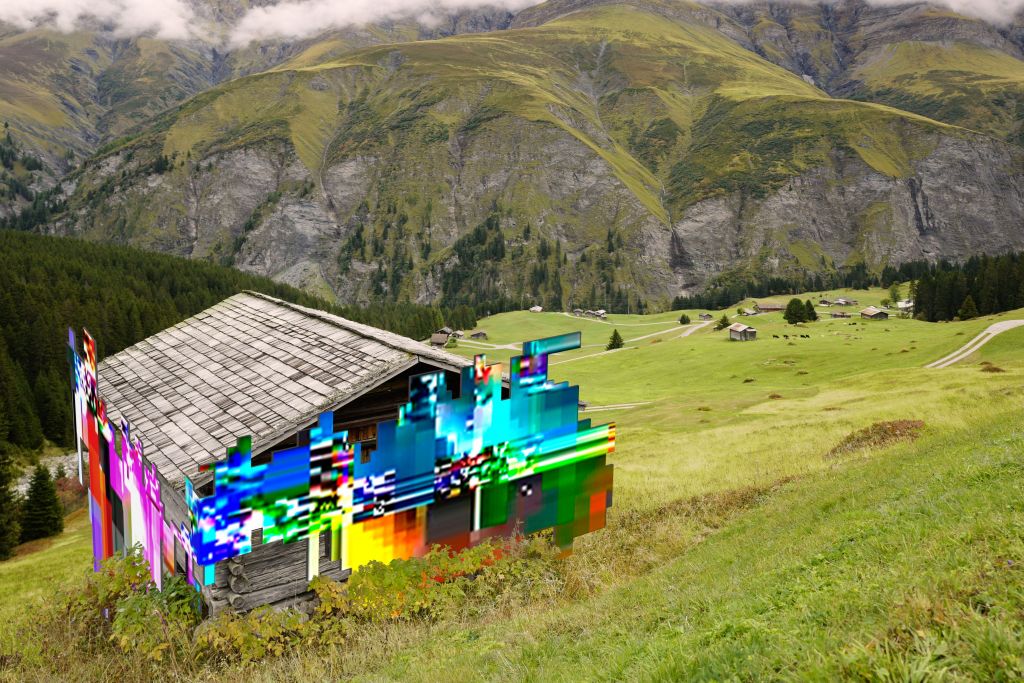
frölicher I bietenhader: “ctrl + s (prekäre Stellen)”, sketch for Art Safiental 2020
The open-air exhibition is spread throughout the whole municipality of Safiental in the Beverin Nature Park, from the Rhine Gorge to the Turrahus and high above. You will be able to hike and experience how complex the archaic and lovely mountain landscape interacts with the new possibilities of digital art. Even if this year’s motto ‘analogue-digital’ means that a lot of things are coming from the cloud or from mobile phones, it is certain that landscape art has taken strong roots in the Safiental.
The Berghotel Alpenblick in Tenna serves as an information centre for the exhibition, including an art lounge, indoor exhibition and small library on the subject of Land and Environmental Art and the artists on display.
Works by 17 national and international artists
Over 17 national and international artists translate the motto ‘analogue-digital’ into exciting works in dialogue with the landscape, nature and the alpine outdoors. In keeping with the theme, however, only some of them will be physical and large-format. Some of the works are located at the interface between analogue and digital, while others will be purely digital.
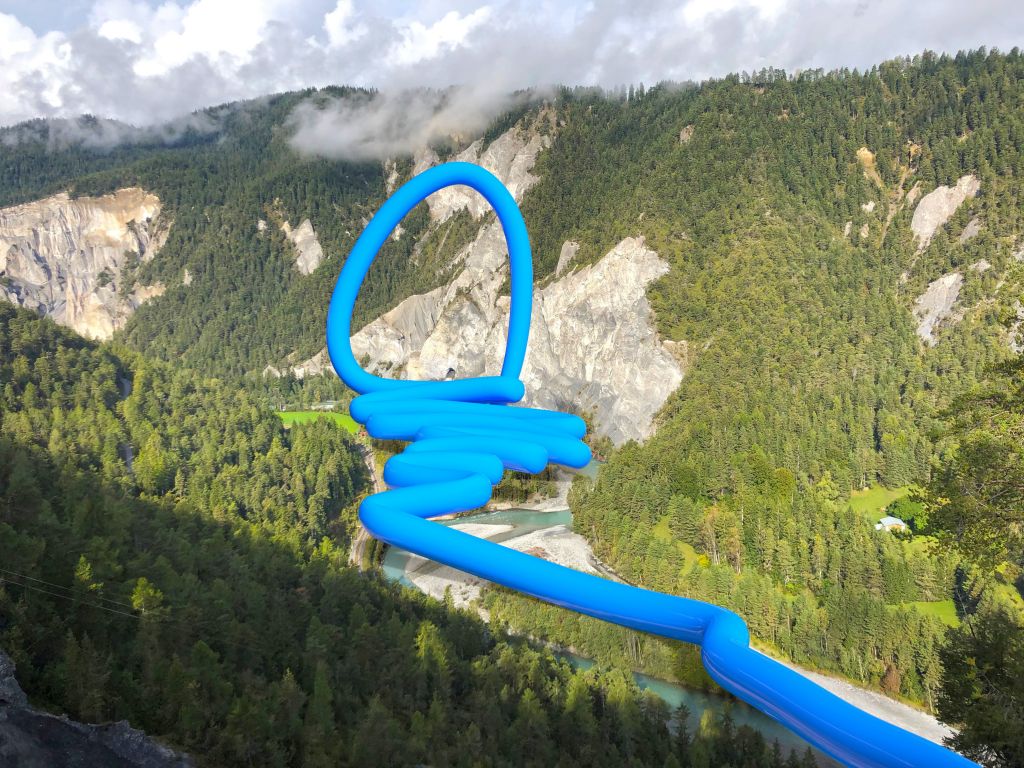
A Virtual Reality Experience in the Rhine Valley by Manuel Rossner for Art Safiental.
It will also be exciting to experience the new media and technologies in the Grisons mountain valley, which are otherwise more common in urban areas. The range of media used extends from VR (Virtual Reality), AR (Augmented Reality), apps, game culture, social media, film with and without drone, audio walk and performance to tangible installations, sculpture, photography and painting.
N1 – Observatory by Fragmentin
The “N1 Observatory” on the Schlüechtli (2283m) is both a sculpture and a virtual reality experience and questions the integration and use of digital and infrastructural technologies in the natural alpine landscape.
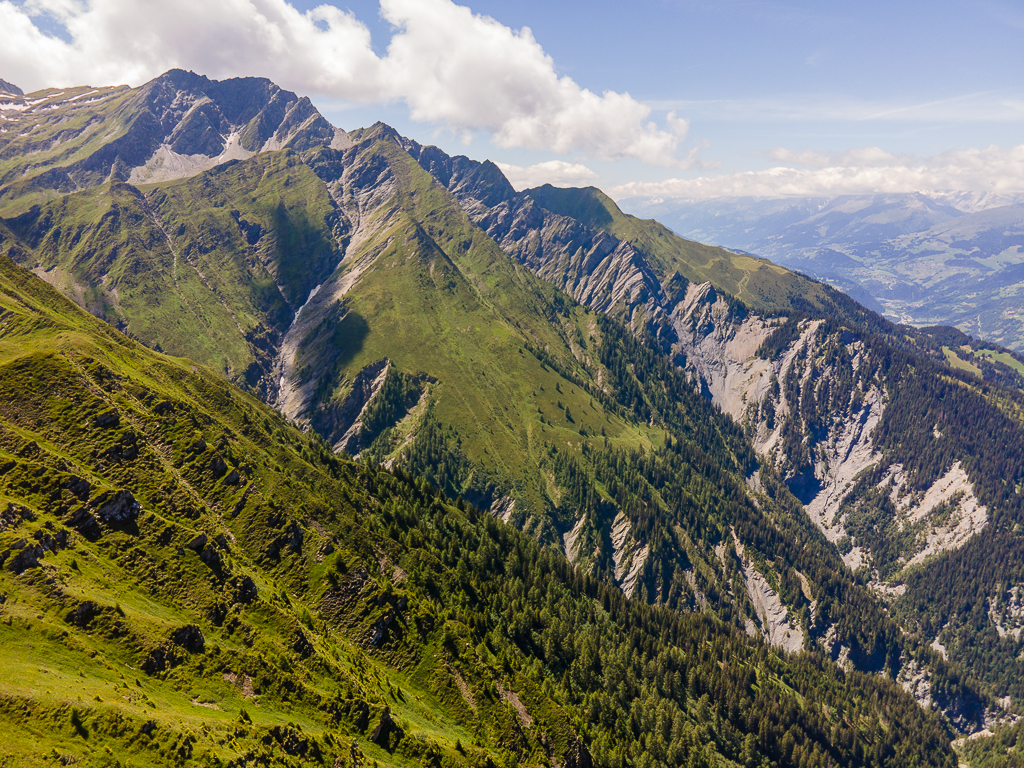
Blick vom N1 – Observatory, Schlüechtli; Photo: Werner Mäder, Uetikon
The sculpture resembles an Apollo moon capsule and takes the form of a triangulation point. It is home to a solar-powered weather station including USB chargers which can be used to source electricity on the summit. Through the lenses of the virtual reality headset, visitors can discover the surrounding alpine landscape in a digitized point cloud aesthetic. This changes in real-time according to the prevailing climatic fluctuations (wind, temperature, radiation, etc.). Thanks to VR, otherwise invisible networks such as electromagnetic waves (5G) can be seen and experienced.
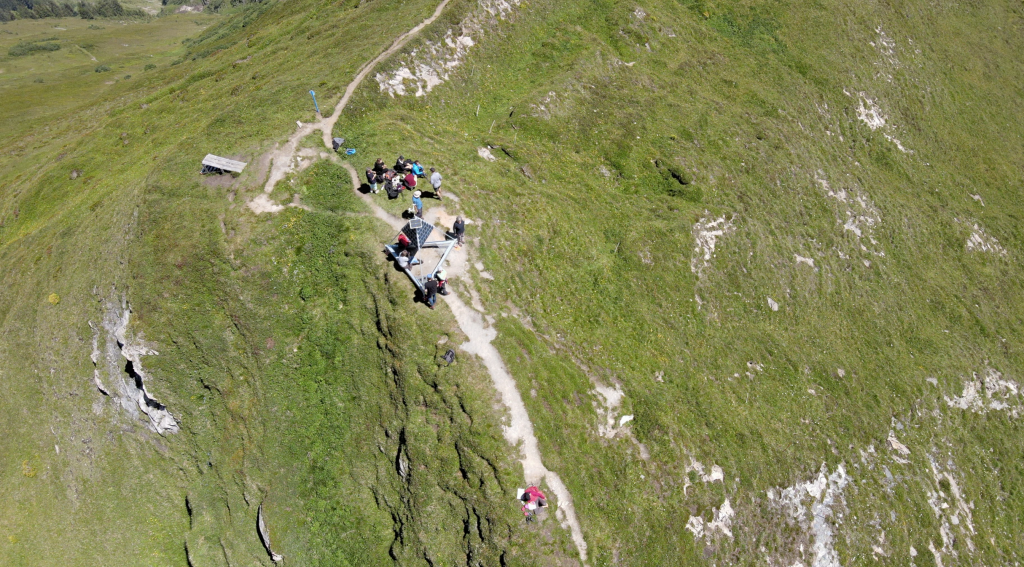
N1 – Observatory, Schlüechtli; Photo: Werner Mäder, Uetikon
I See Darkness by Ester Vonplon
The photo artist used the old closed down Acla tunnel for several weeks as her studio and laboratory. The tunnel functioned largely as a camera. The sparse light from holes and side tunnels, for example, was captured with light-sensitive photo paper. The resulting images were also developed on site in the tunnel. The images were then scanned and, in some cases, digitally processed. The final results can be experienced at two different locations, both conventionally framed in an interior and presented in an unusual outside space, the tunnel entrance.
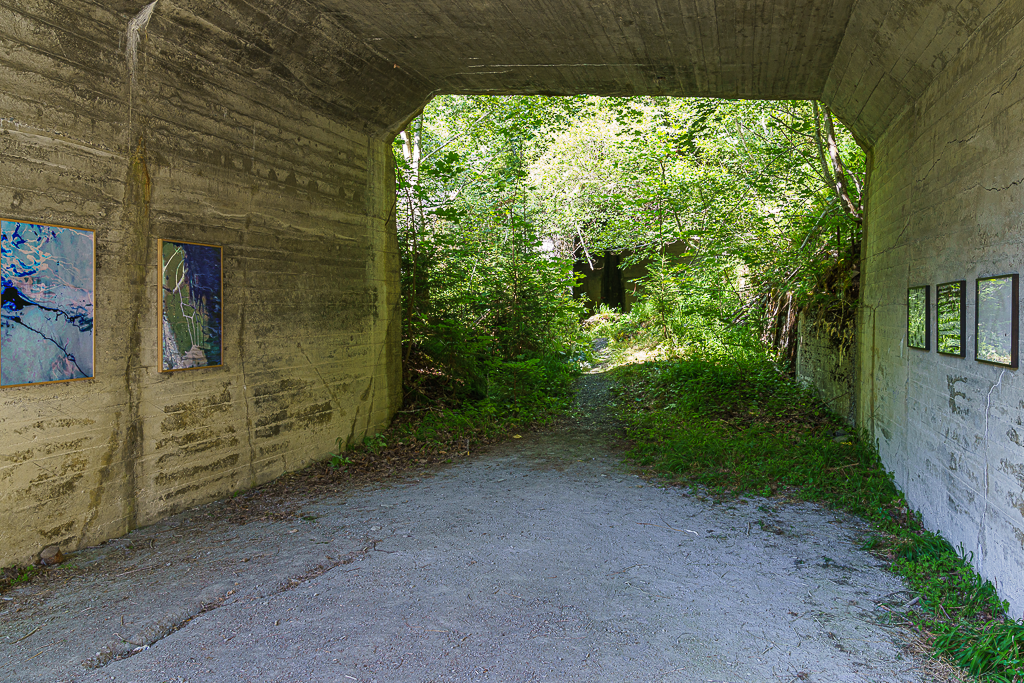
I See Darkness von Ester Vonplon; Photo: Werner Mäder, Uetikon
Walking to the work as part of the experience
Practically all the exhibitions of Art Safiental 2020 are accessible by footpaths, and some can be reached by public transport or private car. For some of them, however, a walking time of 60 – 90 minutes must be expected.
But these hikes are also worthwhile because of the wonderful landscape of the Safiental. You will come across phenomena that could be works of art in themselves, if nature itself were not their creator. This small pond, for example, with its orderly grasses at the edge and red algae is an unparalleled work of art.
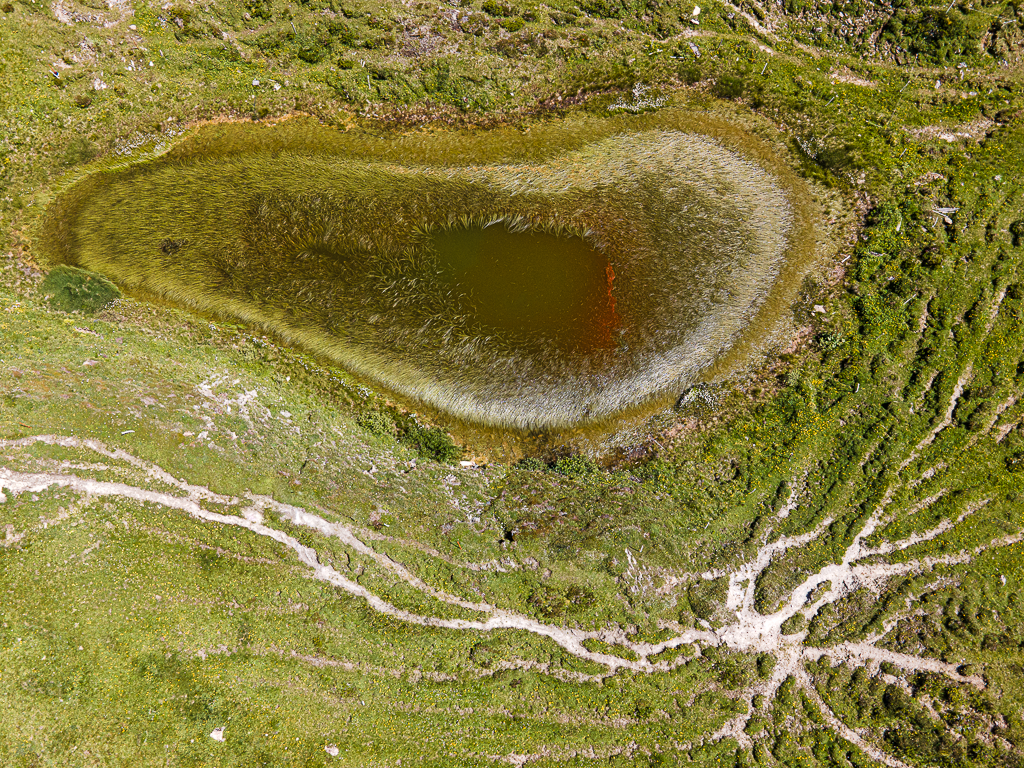
Pond beneath Schlüechtli; Photo: Werner Mäder, Uetikon
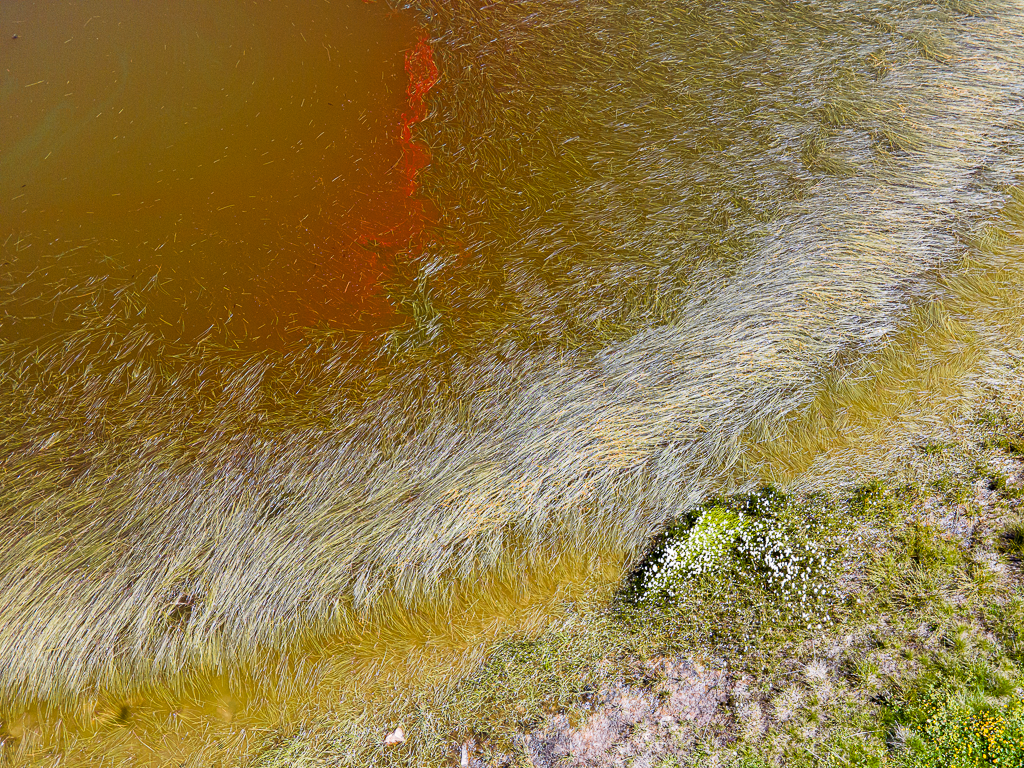
Pond beneath Schlüechtli; Photo: Werner Mäder
Those who wish to visit all the works of the Biennale should plan at least two days. A general map with information on the works and hiking tips will be available from mid-July (online and as a folding map in all hotels, restaurants and information points in the valley). Works boards on site and the website www.artsafiental.ch will help to find the right place. Some hotels in the valley now also offer special Art Safiental packages.
